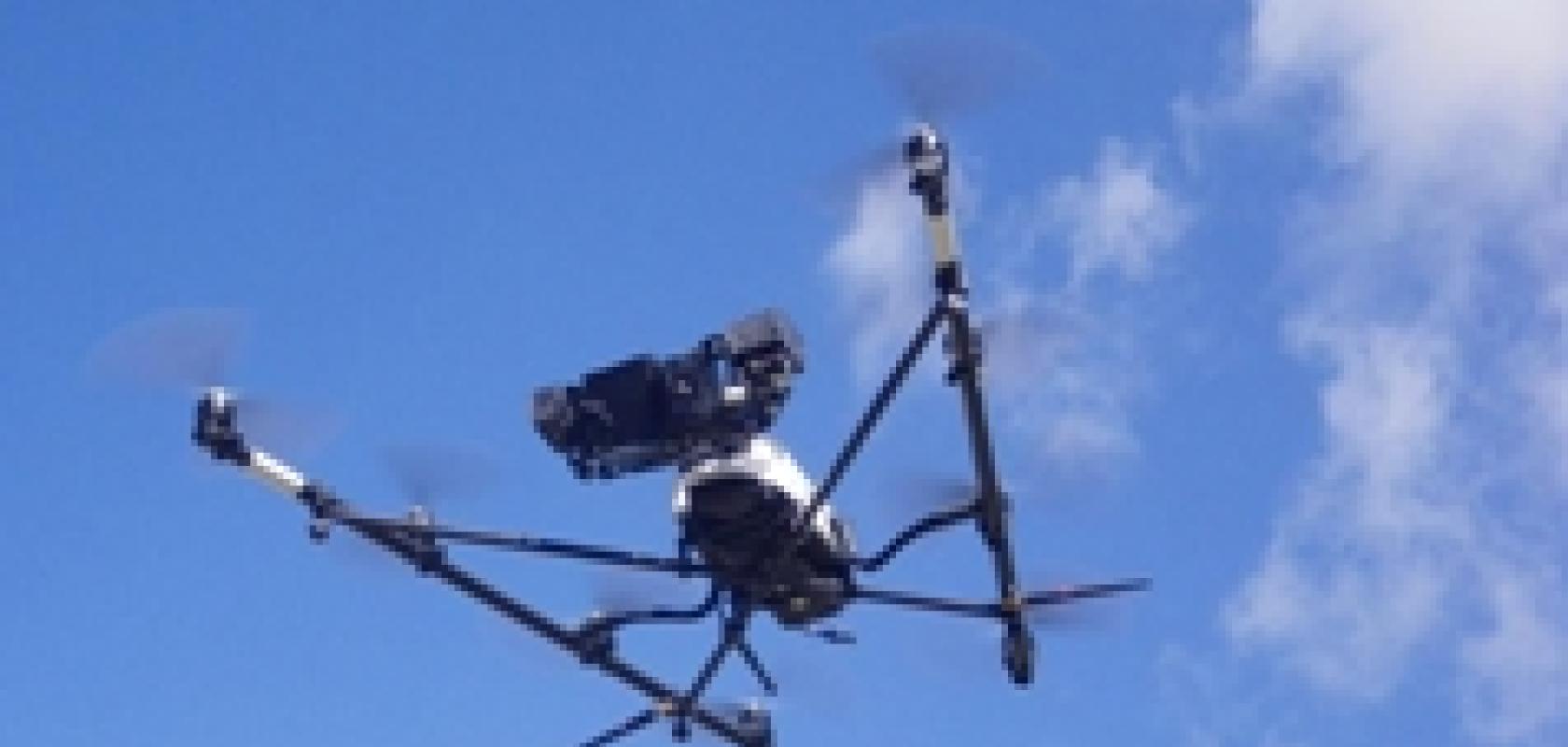A pair of super-lightweight miniature spectrometers from Ocean Optics is helping researchers investigate plant parameters in a verdant patch of New Zealand grassland.
The compact STS model spectrometers, one deployed as a ground unit and the other aboard an unmanned aerial vehicle (UAV), are making synchronised hyperspectral measurements of barley and sugar beet crops to assess plant characteristics for more effective crop management.
A multinational team of researchers from Germany, Italy, Spain and New Zealand developed the UAV-based system and conducted the initial experiments, gathering high-resolution reflectance spectra from the UAV at altitudes of up to 200 metres and irradiance spectra from the ground-based spectrometer. According to team leader Andreas Burkart of the Research Center Jülich IBG-2 Plant Sciences, Germany, collection of hyperspectral data by field spectroscopy is a time-consuming task and often is restricted to easily accessible areas.
The small size and weight of the STS spectrometer is ideal for use on the UAV, which allows a series of fast and reproducible measurements over any terrain, even forest or marsh. By measuring various segments across a section of the New Zealand pastureland, the system was able to assess information such as specific plots that contained live vegetation.
The STS is a small CMOS detector-based spectrometer that measures 40 x 42mm and weighs 68g. It provides full spectral analysis with low stray light, high signal to noise (>1,500:1) and excellent optical resolution. For the application described here, the researchers were able to match the performance of the STS to that of a larger, more expensive commercially available field portable spectrometer, with optical resolution of ~2.5nm (FWHM).


